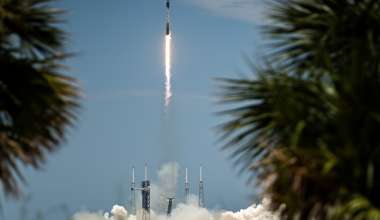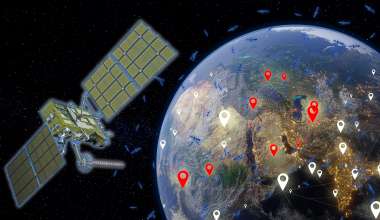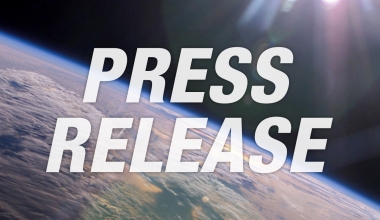Leaders from every major U.S. space program gathered at The Aerospace Corporation’s office in Chantilly, Virginia, in mid-November to discuss the challenges facing the future of space. The Mission Assurance Summit aimed to spark discussion of the new operational demands and security threats in space.
“What we’ve always called ‘mission assurance’ is no longer just about the success of an individual launch,” said Steve Isakowitz, Aerospace president and CEO. “It’s about creating resilient architectures and capabilities while also unfailingly delivering the individual space vehicles, ground functionality, and launches that build those architectures. I’m pleased that the space community came together to focus on how we can jointly keep ahead of emerging threats, innovate solutions that incorporate resilience, and allocate the resources needed to build a new space enterprise.”
Participants included government executive leaders from Air Force Space Command, members of the Intelligence Community, the Missile Defense Agency, NASA, NOAA, the Space Development Agency, and the Air Force Space and Missile Systems Center.

“NOAA’s satellites play an important role in helping protect lives and property,” said Dr. Neil Jacobs, assistant secretary of commerce for environmental observation and prediction at the National Oceanic and Atmospheric Administration. “Given our reliance on space, it’s more important than ever that the public and private sectors work together to assure the success of NOAA’s mission. With that goal in mind, the Mission Assurance Summit was a great example of how the civil, military, intelligence, and commercial communities can work together to bring innovative approaches to mission assurance.”
This year’s theme, “Achieving Enterprise Mission Success,” focused on emerging mission assurance challenges that increasingly include complex integration across different domains and layers with a diversity of partners. The discussion covered a range of topics, including the need to build resilient space architectures and encourage production agility in order to address emerging threats to
space systems.
“The U.S. is moving toward a new generation of space systems that is designed for a contested environment, can serve multiple missions, and can rapidly incorporate design, technology, and capability enhancements into production,” said Derek Tournear, director of the Space Development Agency. “To deliver on every element of this undertaking, we will need to build interoperability and resiliency into the enterprise and make sure that our constellations and architectures work together to achieve the mission.”
“This opportunity to come together as a space community allows us to explore the many areas where collaboration can reap rewards for the warfighter, the mission, and the nation,” said Maj Gen Michael Guetlein, deputy director of the National Reconnaissance Office.

Leaders representing government and industry presented on the need for innovative and responsive architectures and a radical departure from traditional paradigms in order to prepare the national security space to continuously outpace threats.
“The summit provided a much-needed chance for the national security space community to re-examine what mission assurance means,” said Lt Gen David “DT” Thompson, vice commander of Air Force Space Command. “The focus of mission assurance must shift from systems to warfighters. What matters most is if the soldiers, sailors, airmen, and Marines in the field can rely on the space capabilities they need to execute their missions.”
The two-day conference opened with technical presentation sessions on progress in agility, resilience, and innovation to include advancements with enabling tools (i.e., model-based engineering) and strategies (i.e., defensive cyber operations). The following day focused on an executive session that challenged our most senior government and industry leaders to provide insights into the priorities for ensuring that programs meet the needs of national security space.
“Mission assurance requires us to not only deliver capability that works in the space environment, but to deliver critical and timely capability that works under the stress of warfighting,” said Lt Gen John “JT” Thompson, commander of the Space and Missile Systems Center. “We’ve got to change our legacy paradigms of mission assurance—and get faster at it—across the space enterprise.”
For more information, contact Gail Johnson-Roth, 310.336.0030, gail.a.johnson-roth@aero.org.
This story appears in the December 2019 issue of Getting It Right, Collaborating for Mission Success.
Subscribe to Getting It Right







